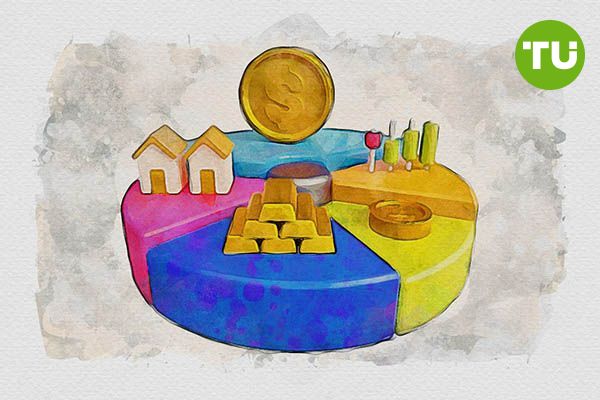Investors shift focus from Bitcoin to RWA assets
 Perspectives of RWA market
Perspectives of RWA market
Amid Bitcoin's slowing growth and global economic instability, investors are increasingly turning their attention to tokenized real-world assets (RWA), which offer stable returns and diverse investment opportunities.
As reported by Cointelegraph, the RWA concept involves issuing digital versions of financial instruments and physical assets—such as real estate and fine art—on the blockchain, making them more accessible to a wider audience and easier to trade.
In recent days, Bitcoin has remained below the $100,000 mark, largely due to the ongoing U.S.-China trade war. According to Alexander Loktev, head of sales at P2P.org, Bitcoin’s lack of growth momentum could drive more investments into the RWA sector.
“Current trends, particularly BlackRock and JPMorgan’s increasing interest in tokenization, could push RWA market TVL to $50 billion as early as 2025,” Loktev told.
He added that traditional financial institutions (TradFi) are beginning to view tokenized assets as a bridge to decentralized finance (DeFi), particularly as institutional investors seek predictable yield-generating instruments.
The future of RWA
These forecasts come shortly after the total value of RWA assets reached a record $17.1 billion, distributed among 82,000 investors.
According to Marcin Kazmierczak, co-founder of RedStone, RWA could capture a significant share of the $450 trillion global asset market due to increasing institutional adoption and the development of blockchain infrastructure within traditional finance.
“Traditional markets manage over $450 trillion in assets, with institutional investors controlling around $100 trillion. Even if 1–2% of these funds shift to the blockchain-based RWA sector, it could drive massive growth in 2025,” he said.
He emphasized that blockchain infrastructure provides more efficient, global, and flexible financial instruments compared to outdated TradFi systems.
With growing volatility in the crypto market, including this week’s $10 billion liquidation event, RWA could attract additional institutional capital, said Bhaji Illuminati, Chief Marketing Officer at Centrifuge.
“Extreme fluctuations in crypto prices serve as a reminder of the importance of stable, yield-bearing assets. RWA, particularly fixed-income instruments, provide exactly that—a hedge against market volatility,” she stated.
RWA represents a long-term shift in capital allocation, prioritizing real economic value over speculative trends.
According to analysts, the RWA market could expand 50-fold by 2030, reaching $30 trillion, as traditional financial institutions continue integrating blockchain technology.
Meanwhile U.S. Commodity Futures Trading Commission (CFTC) is planning a pilot program focused on stablecoin-backed tokenization.













































































































































